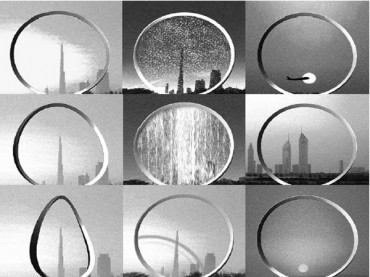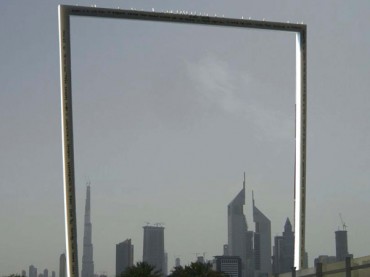Selected Topic
Issue 1 - After Crisis – Contemporary Architectural Conditions (Feb 2011)
Show articles4.7.2012 – Issue 1 - After Crisis – Mateo Josep Lluís – Essays
FRAMING DUBAI
by Josep Lluís Mateo
Dubai has, in our recent past, been a paradigm of both possibility and delirium. Eulogized by the ever-present messiahs of modernity, whose jaded voices once again announced their tired proclamations of a supposed creative apocalypse; reviled by moralistic social leftist critics, constructive events in this part of the world were, in the not-too-distant past, the focus of attention of a profession like ours, which apparently needs to believe in promised lands and supposed paradises where histories can begin again. At the height of the construction of the Dubai myth, the ThyssenKrupp Elevator competition for young architects (under forty) issued an invitation to design a monument that would be emblematic of the city. Free of commercial use, like a new Eiffel Tower, the project was to formalize the city’s energy and ambition. The response was massive (approximately one thousand projects from all over the world) and provides an opportunity—which is my purpose here—to put forward a few hypotheses, in the heat of so much design energy deployed in the process. On the one hand, many of the projects were graphic exercises based on the possibilities of complex computer-assisted geometries. The fact that geometry in architecture is an instrument rather than an end in itself did not seem to discourage numerous candidates, who all produced what was basically the same project, which was hard to comprehend from any viewpoint but stylistic mannerism. Then, with geometry dismissed as an excessively severe, uncommunicative language, the organic metaphor emerged as a more populist terrain, fit for creating complicity. The building resembling a camel (a reminder of the desert), a falcon (the national bird), a desert rose (the form produced by the solidification of minerals in sand), Dubai the pearl (with its corresponding oyster) ... here my memory fails me but these I did not invent.In this context, it was hard not to remember immediately that architecture(outside Walt Disney) is not nature. Echoes of the nineteenthcentury (Worringer and his Abstraktion und Einfuhlung) were ringing in my ears. But there were other options, like not adding yet another tower with“special” artistic values. The object was to frame, to establish the limits,of what is there. The artistic operation, then, involved working on the edge of the figure rather than adding more mass to it. An edge that,while framing the whole and giving it direction, could react actively: containingmovement within it, producing light, smoke, expelling water that is, transforming reality into mirage and making it more bearable.
Download article as PDF



